If you've landed on this page, the gas light likely went on in your Honda Accord. Now you're left wondering how much gas do you have left until you're left stranded in the middle of nowhere? You wouldn't want to play a guessing game while driving! Without further ado, let's find out!
The consensus is that the light will only come on once your Honda Accord has 2.6 to 4 gallons of gas left in the tank. With this much gas, many users have been able to get 25-40 additional miles more. But it's advisable to fill the tank right away. Otherwise, you might damage internal components.
Now that you have your answer, you can drive along to the nearest gas station. Can you make some stops along the way? What happens if you drive your Honda Accord on low gas? These are some aspects you might want to consider. If you're sticking around, keep reading ahead to find out more.
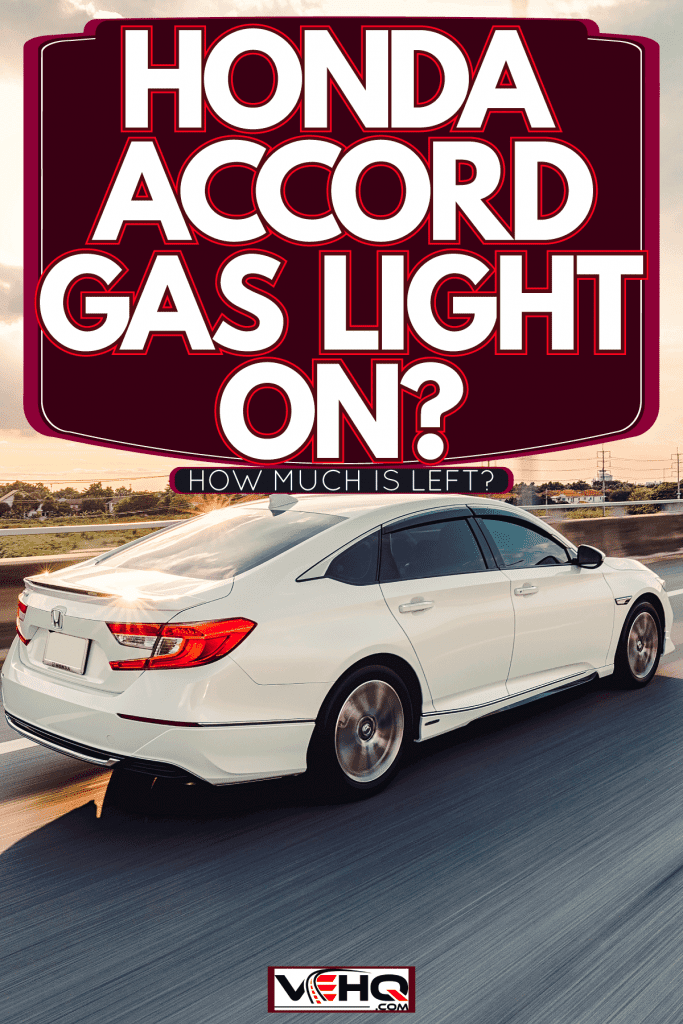
Driving With the Gas Light On
Before we get to the repercussions of driving with low gas, let's get a better estimate for the remaining gas in your tank. To do so, we'll have to check the owner's manual first. You might not even need the manual if you already know the size of your fuel tank.
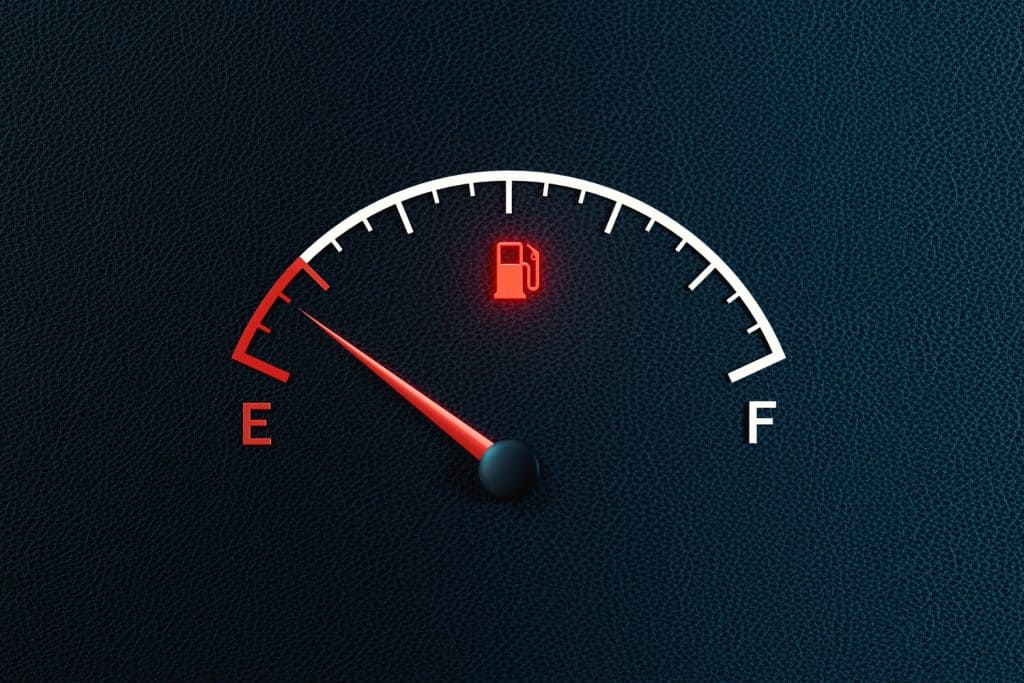
If you don't know your fuel tank size—and you don't have your owner's manual on hand—we'll go over some fuel tank sizes for past and modern Honda Accord models. The fuel tank sizes are as follows:
- 2018-2021: 14.8 gallons
- 2013-2017: 17.2 gallons
- 2008-2012: 18.5 gallons
- 2007-older: 17 gallons
Of course, it's important to note that these are rough estimates. It'd be more accurate to consult the owner's manual. But, if the situation doesn't allow it, these numbers will do for now.
Calculating Remaining Gas
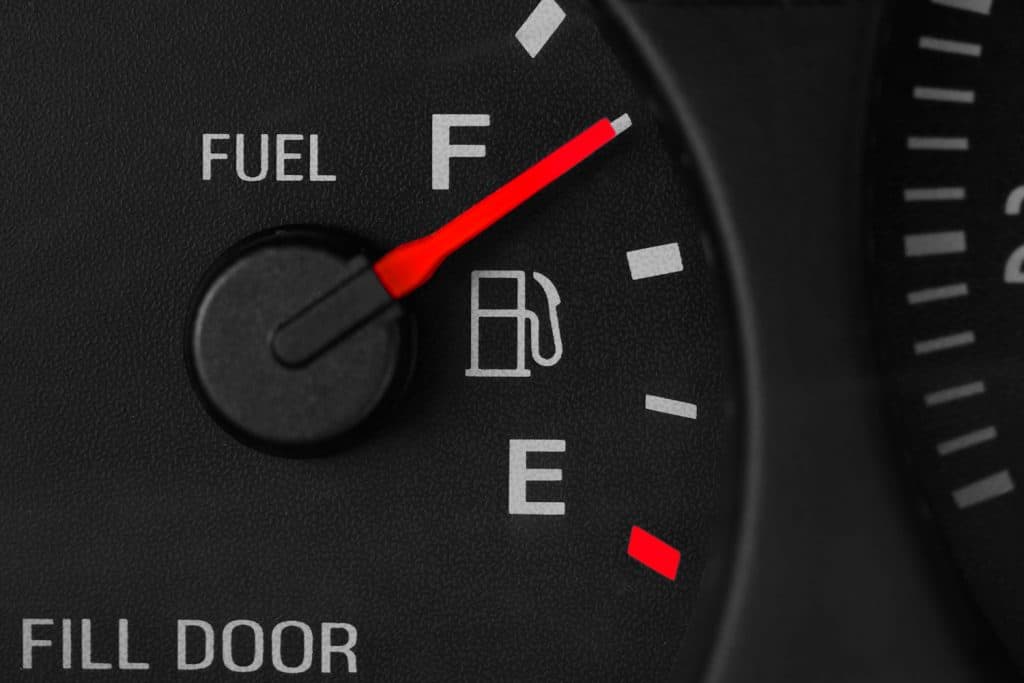
Now that we know how large our fuel tank is, we can use a bit of math to calculate the remaining gas in the tank. When your gas light comes on, it indicates you have 10-15% of the total fuel capacity remaining. Multiply this percentage with your fuel tank size.
So, for modern Honda Accord models, it means you have 1.4-2.1 gallons left. All 2013-17 models will have around 1.7-2.5 gallons in the tank. Finally, 2008-12 models will have about 1.8-2.7 gallons remaining.
How Many More Miles Can It Last?
We arrive at the point where we'll have to question, how many more miles can we travel? Some suggest you can get as much as 70 to 93 miles on 2.6 gallons. But, how can you find an estimate that suits your situation?
You would have to multiply the remaining gallons by the miles per gallon reading on the display of your vehicle. So, if you average 25 miles per gallon, and you have 2.6 gallons left, you'd have about 50 miles left for your fuel tank.
Additional Notes
It's crucial to note that these are estimates. They are not exact values of how long your vehicle will last with the remaining gas in the tank. Even if you calculate that you have 70 miles left, it doesn't mean you should stretch it to that point.
It could run out much sooner than you'd expect. In that case, you'd have to refill the tank as quickly as possible. Additionally, it's not the best idea to have your vehicle run on low gas for long periods.
The fuel pump is submerged in the tank. It relies on the fuel for lubrication and cooling. And, when you're driving with low gas, you're very likely to run into overheating problems.
How severe would these problems be? Let's take a bit of time to learn about how this area of the car functions.
The Problem With Driving On Low Fuel
It's a general rule to avoid letting your vehicle run on low gas. And there's a good reason for that. One of the most common situations you want to avoid is stranding yourself.
Being Left Stranded
You might have heard success stories from others detailing how far they've traveled on low fuel. These types of stories online can almost feel like a standard. However, it's impossible to know every detail to ensure they were successful in that avenue.
Therefore, you have to remember that they're just success stories. You can't ensure the same would happen to you. The last thing you'd want is to be forced to stop at the side of the road.
Additionally, it'd be a safety hazard too. You're essentially playing a guessing game. Thus, you'll never know when it can suddenly stop. It's better to be safe than sorry.
The Fuel Pump
Another argument against driving with a low fuel tank relates to how a fuel pump works. More specifically, the fuel pump is a component that relies on having a decently filled tank.
As mentioned, gasoline acts as a coolant for the fuel pump. When fuel is low, the fuel pump will suck in air. In this situation, it produces more heat than it should. Thus, you're essentially causing the component to stress more than it should.
Like most machines, letting it run and overheat can cause the fuel pump to wear prematurely. Therefore, you'll be heading to a repair shop much sooner. A fuel pump replacement would run you around $220-$1,062—including labor.
How Far Can You Go on 0 Miles To Empty?
Sometimes we're not lucky with the hand we're dealt with. In some situations, we'll have to keep on driving while the car is indicating an empty gas tank. How far can we go until the tank is completely empty?
It will depend on that car you're driving. Some can travel as much as 32 miles, with the range indicating 0 miles. It can even be as high as 50 miles.
If you're looking for how far a Honda Accord can go on empty, some would indicate it can travel as far as 45 miles on average. If you'd like a bit of entertainment with this situation, here's a YouTube video with someone detailing their experience:
It can be nerve-wracking. But, it seems to be a case of prevention. In other words, when the needle hits zero, it isn't exactly devoid of fuel. Most cars will have around 1-2 gallons left in the gas tank. So, there's no need to panic.
It's a practice to let you know that you should refill your tank soon. As we've mentioned, you shouldn't let your tank get that low in the first place. But, we can't always ensure the perfect conditions. So, if it reads zero, you most likely have a gallon or two left for driving.
How Do I Reset My Honda Fuel Gauge?
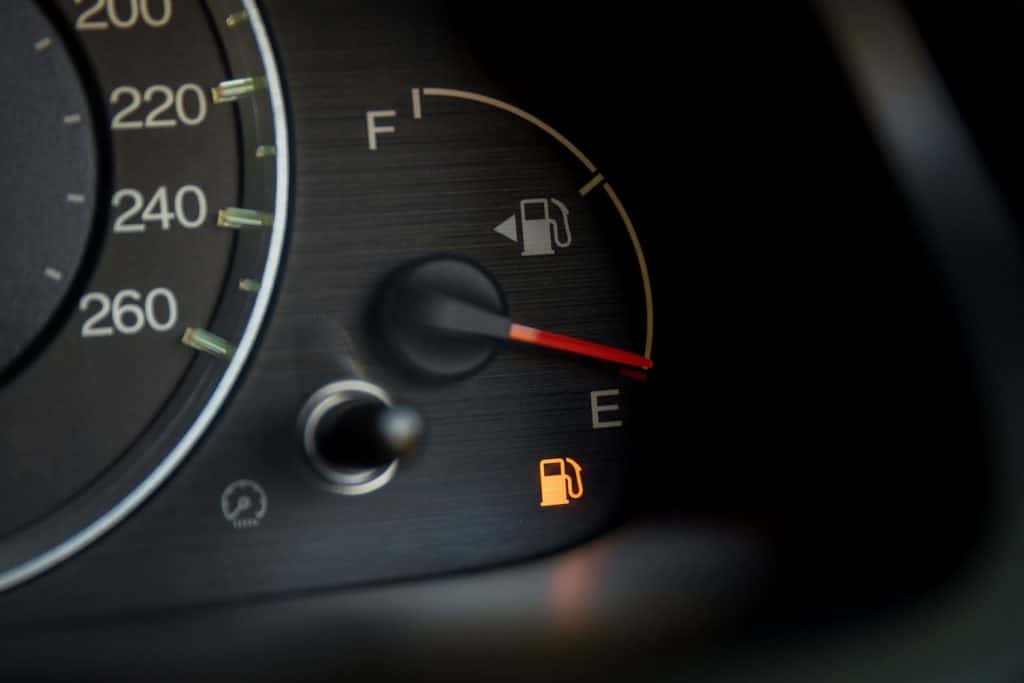
According to many, resetting a fuel gauge isn't possible. Thus, if your fuel gauge is giving you incorrect readings, there might be a problem at hand. If that's the case, you're going to have to seek advice from professionals regarding what steps to take.
However, it begs the question, why can't you reset or fix the fuel gauge yourself? The fuel gauge operates with a float system in the tank. If you want to adjust the fuel gauge, you'll have to mess with the float system.
This job would require more knowledge about cars than your standard car owner would have. Consequently, if you don't know what you're doing, you might worsen the situation more than what you've started with.
In general, it should cost around $200-$400 to replace or fix the fuel gauge system.
Why Is My Gas Light on When My Tank Is Full?
Technology can be irritating because it's not always guaranteed to work perfectly. Regarding vehicles, sometimes the gas light will come on—even if the tank is full! What could be causing this headache?
As mentioned, the fuel gauges work with a float system. If something goes wrong with the float system, the fuel gauge will be the first to show you. When your vehicle reads an empty gas tank—even if it's full—it could indicate the float has separated from the arm.
Another component that can mess with the readings is the resistor. Once it begins to work incorrectly, it will prevent the system from sending signals. If the wires corrode, it will also stop voltage to the fuel gauge.
Therefore, if you're getting an incorrect reading from your fuel gauge, it might be time to visit a repair shop. Unless you have first-hand experience working on cars, messing with the fuel gauge system is not DIY-friendly.
It's best to play it safe and pay a professional to make the fixes for you.
Can You Drive With a Bad Fuel Sending Unit?
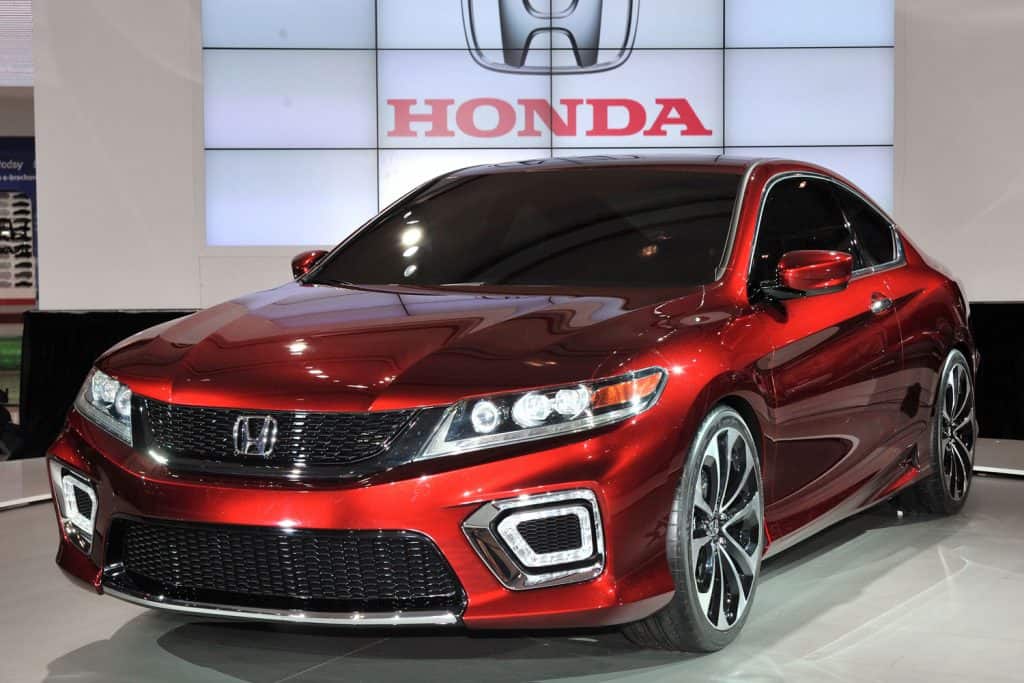
If the fuel gauge is giving you problems, going to a repair shop should be the first step in the right direction. However, if you want to travel to a repair shop, you'll need to drive your vehicle. Is it safe to do so with a bad fuel sending unit?
As some suggest, the only danger you risk is running out of fuel. So, if you haven't kept track of how full the tank is, you might not want to drive the car. Otherwise, if your tank is empty, you'll be running it dry. This situation might cause more problems down the line.
Final Takeaway
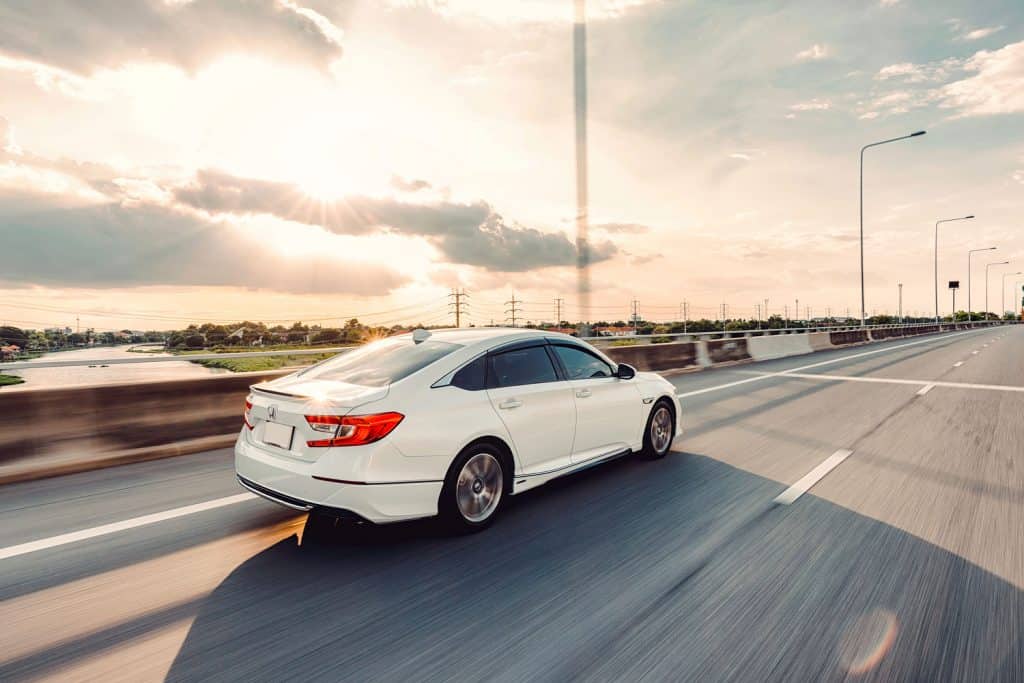
There you have it. You're free to drive a few more miles safely. Of course, you'll want to go to a nearby gas station soon. We hope you found the information above helpful.
Before you go, here's a couple of articles you might want to check out:
Why Does My Air Pressure Light Keep Coming On?
Dashboard Light Flickering Car Won't Start - What Could Be Wrong?
